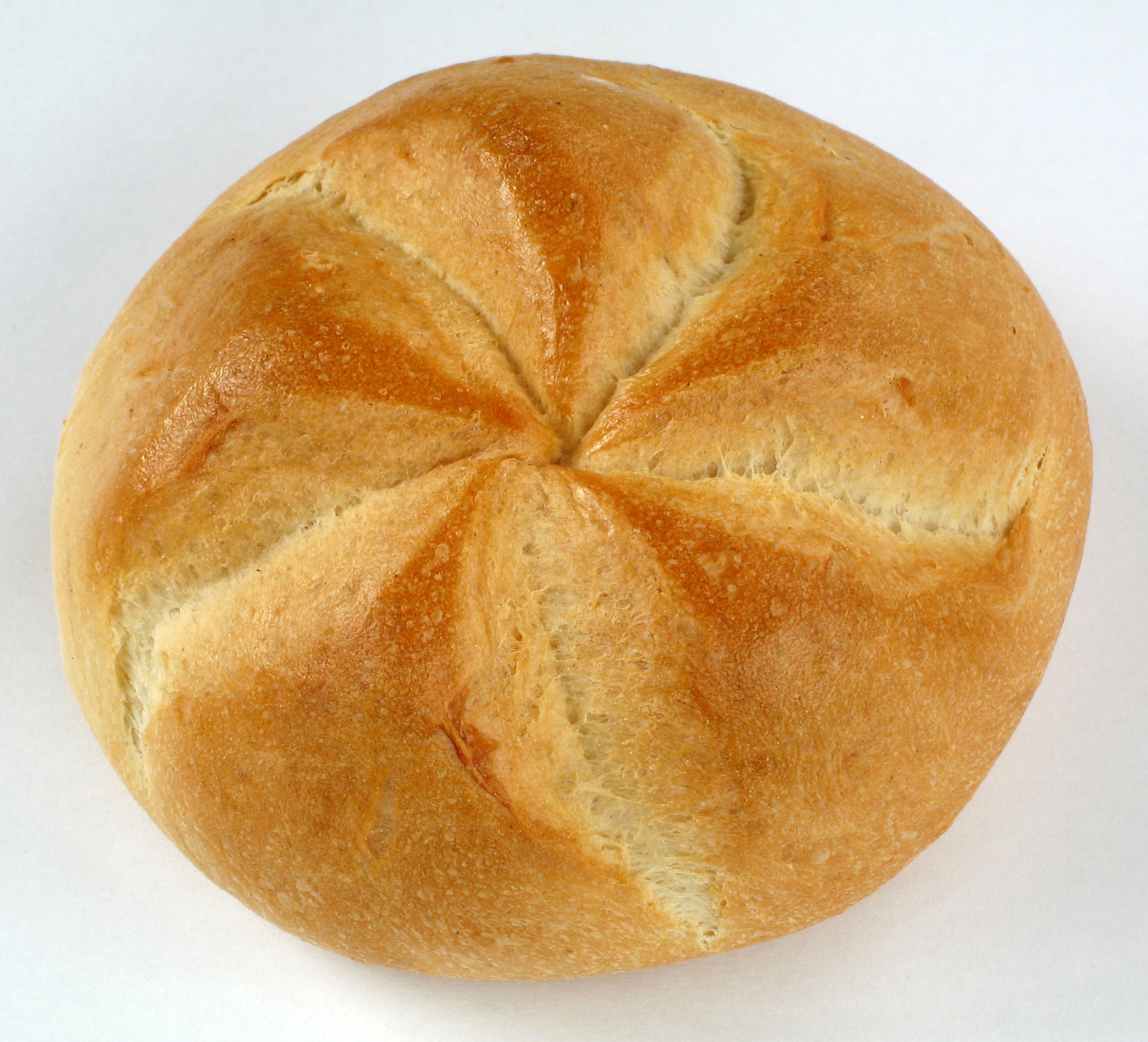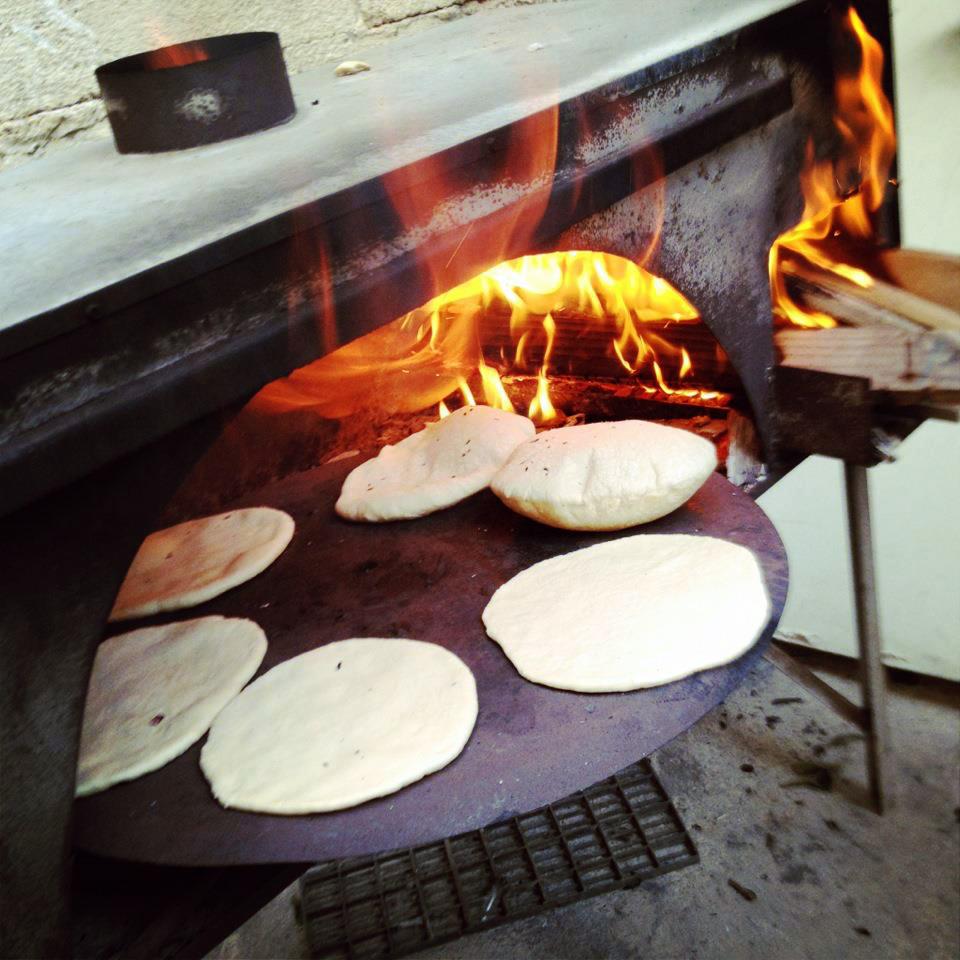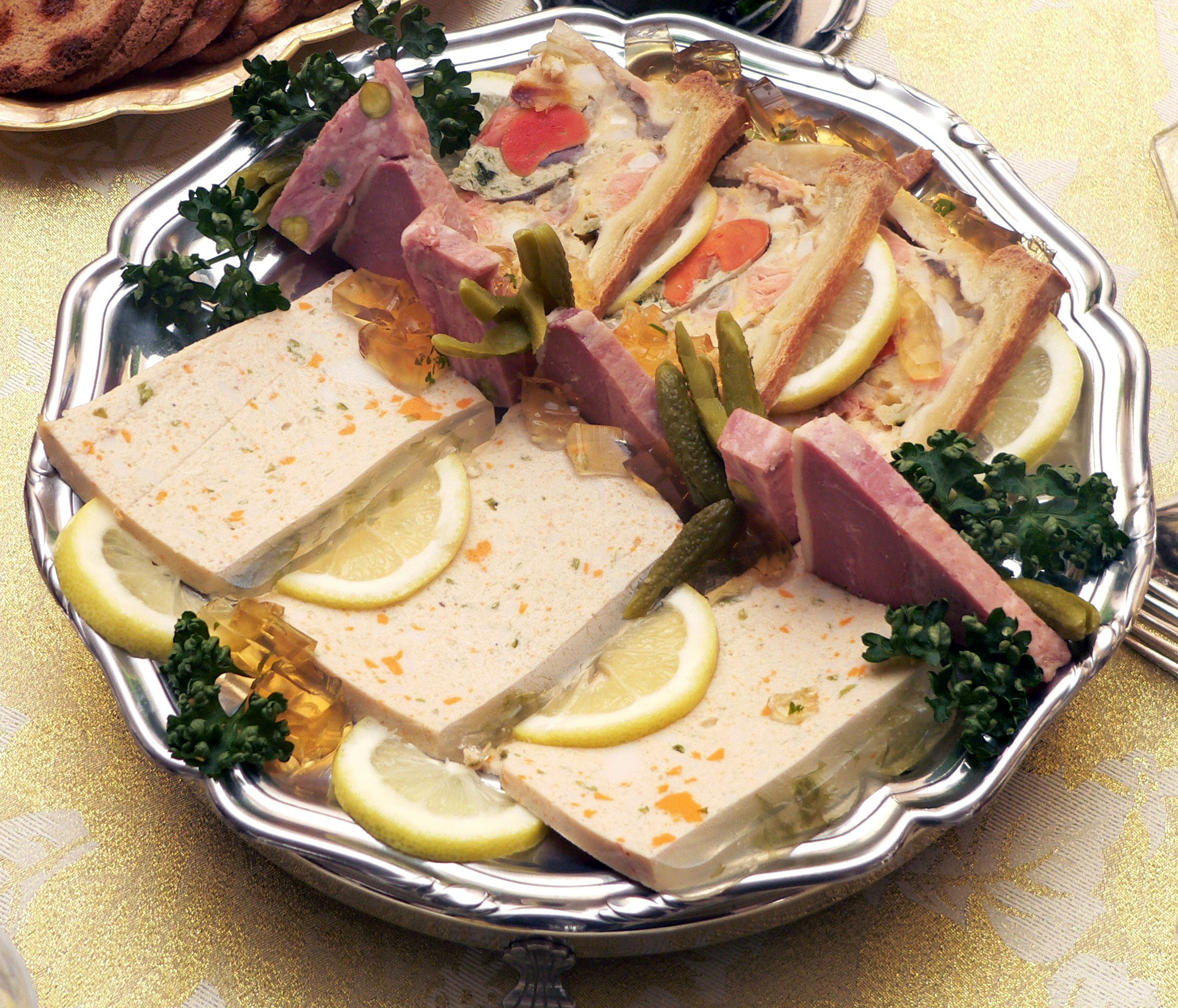|
Eish Fino
Eish fino () is a long baguette-shaped bread roll from Egypt made with wheat flour. It is the most commonly consumed bread type in the country after '' eish baladi'', the staple flatbread. It has a soft texture and is often cut open to allow for fillings, common ones include various cheeses, halawa or fried cow liver. The loaves are thin and long, usually around 20 centimeters in length. The width on the other hand can vary greatly, but bakeries rarely make them wider than a few centimeters. Variations and similar dishes Similar bread rolls can be found in different countries across the Arab world, fino bread may go by different names in different countries, such as "samoon" (not to be confused with samoon), "samoli" or "hamam" bread. See also * Egyptian cuisine Egyptian cuisine makes heavy use of poultry, legumes, vegetables and fruit from Egypt's rich Nile Valley and Delta. Examples of Egyptian dishes include rice-stuffed vegetables and grape leaves, hummus, falafel ... [...More Info...] [...Related Items...] OR: [Wikipedia] [Google] [Baidu] |
Rumi Cheese
Rumi cheese ( , also spelled ) is one of the main types of cheese in Egypt. Despite its name ( Rūmī, literally "Roman"), the cheese is Egyptian. It has a pungent smell, and different degrees of saltiness depending on the age. It is also known, e.g. in the United Arab Emirates, as Ras cheese. Description Rumi is the main hard cheese in Egypt. It belongs to the same family as ''pecorino romano'' and ''manchego''. Rumi cheese is made from cows' milk, or from buffalo milk. No starter culture is used. The milk is natural, with full cream. Peppercorns may be added. After 3–4 months the cheese develops an open texture and a sharp, pungent flavor. Rumi is available in disks or as slices with variable weight in vacuum packing. There are 100 calories in an ounce serving, with about 28% saturated fat. Related products The addition of low levels of pregastric esterase (used in blue cheese production) or lipases from ''R. miehei'' or ''R. pusillus'' has been reported to improve the ... [...More Info...] [...Related Items...] OR: [Wikipedia] [Google] [Baidu] |
Torshi
Torshi, tursu or turshi () are the pickled vegetables of many Middle Eastern, Iranian, Slavic and Balkan cuisines. Torshi is common in Arab, Turkish, Assyrian, Kurdish, Afghan, Balkans, Slavic, Armenian, and Iranian cuisine. Iran has hundreds of types of torshi, according to regional customs and different events. In some families, no meal is considered complete without a bowl of torshi on the table. ''Toursi'' is a traditional appetizer (''meze'') to go with arak, rakı, ouzo, oghi, tsipouro, and rakia. In some regions, notably in Turkey (''turşu suyu''), the pickle juice or torshi water is a popular beverage. In Egypt pickled vegetables are referred to as both ''torshi'' () and ''mekhalel'' (). Both terms refer to all varieties of pickled vegetables, including carrots, cucumbers, turnips, garlic, onions, cauliflower, and hot peppers, preserved in a vinegar-based brine infused with spices such as nigella seeds, black pepper, and bay leaves. It is ubiquitous on Egypt ... [...More Info...] [...Related Items...] OR: [Wikipedia] [Google] [Baidu] |
Egypt
Egypt ( , ), officially the Arab Republic of Egypt, is a country spanning the Northeast Africa, northeast corner of Africa and Western Asia, southwest corner of Asia via the Sinai Peninsula. It is bordered by the Mediterranean Sea to northern coast of Egypt, the north, the Gaza Strip of Palestine and Israel to Egypt–Israel barrier, the northeast, the Red Sea to the east, Sudan to Egypt–Sudan border, the south, and Libya to Egypt–Libya border, the west; the Gulf of Aqaba in the northeast separates Egypt from Jordan and Saudi Arabia. Cairo is the capital, list of cities and towns in Egypt, largest city, and leading cultural center, while Alexandria is the second-largest city and an important hub of industry and tourism. With over 109 million inhabitants, Egypt is the List of African countries by population, third-most populous country in Africa and List of countries and dependencies by population, 15th-most populated in the world. Egypt has one of the longest histories o ... [...More Info...] [...Related Items...] OR: [Wikipedia] [Google] [Baidu] |
Bread Roll
A bread roll is a small, oblong individual loaf of bread served as a meal accompaniment (eaten plain or with butter). Rolls can be served and eaten whole or are also commonly cut and filled – the result of doing so is considered a '' sandwich'' in English. Europe Rolls are common throughout Europe. Even in the same languages, rolls are known by a variety of names. Some European languages have many local and dialectal terms for bread rolls. These include German language diminutives of ''Brot'' (bread) in most of western and central Germany (where they are called ''Brötchen'') and in Switzerland (where they are called ''Brötli''). Other German language terms include ''Rundstück'' ("round piece") in Hamburg and Schleswig-Holstein; ''Weckerl'' or more specific ''Semmel'' in Austria, Saxony and southern Bavaria; ''Weck'' and ''Weckle'' in much of Baden-Württemberg, Franconia and Saarland; ''Schrippe'' in Berlin and parts of Brandenburg. Some of these names reappear in other E ... [...More Info...] [...Related Items...] OR: [Wikipedia] [Google] [Baidu] |
Wheat Flour
Wheat flour is a powder made from the grinding of common wheat used for human consumption. Wheat varieties are called "soft" or "weak" if gluten content is low, and are called "hard" or "strong" if they have high gluten content. Hard flour, or ''bread flour'', is high in gluten, with 12% to 14% gluten content, and its dough has elastic toughness that holds its shape well once baked. Soft flour is comparatively low in gluten and thus results in a loaf with a finer, crumbly texture. Soft flour is usually divided into cake flour, which is the lowest in gluten, and pastry flour, which has slightly more gluten than cake flour. In terms of the parts of the grain (the grass fruit) used in flour—the endosperm or protein/starchy part, the germ or protein/fat/vitamin-rich part, and the bran or fiber part—there are three general types of flour. White flour is made from the endosperm only. Brown flour includes some of the grain's germ and bran, while whole grain or ''wholemeal flour' ... [...More Info...] [...Related Items...] OR: [Wikipedia] [Google] [Baidu] |
Baguette
A baguette (; ) is a long, thin type of bread of French origin that is commonly made from basic lean dough (the dough, not the shape, is defined by French law). It is distinguishable by its length and crisp crust. A baguette has a diameter of about and a usual length of about , but can be up to long. In November 2018, documentation surrounding the "craftsmanship and culture" of making this bread was added to the French Ministry of Culture's National Inventory of Intangible Cultural Heritage. In 2022, the artisanal know-how and culture of baguette bread was inscribed to the UNESCO Intangible Cultural Heritage Lists. History Much of the history of the baguette is speculation; however, some facts can be established. Long, stick-like breads in France became more popular during the 18th century, French bakers started using " ''gruau''," a highly refined Hungarian high-milled flour in the early 19th century, Viennese steam oven baking was introduced to Paris in 1839 by Augus ... [...More Info...] [...Related Items...] OR: [Wikipedia] [Google] [Baidu] |
Bread Roll
A bread roll is a small, oblong individual loaf of bread served as a meal accompaniment (eaten plain or with butter). Rolls can be served and eaten whole or are also commonly cut and filled – the result of doing so is considered a '' sandwich'' in English. Europe Rolls are common throughout Europe. Even in the same languages, rolls are known by a variety of names. Some European languages have many local and dialectal terms for bread rolls. These include German language diminutives of ''Brot'' (bread) in most of western and central Germany (where they are called ''Brötchen'') and in Switzerland (where they are called ''Brötli''). Other German language terms include ''Rundstück'' ("round piece") in Hamburg and Schleswig-Holstein; ''Weckerl'' or more specific ''Semmel'' in Austria, Saxony and southern Bavaria; ''Weck'' and ''Weckle'' in much of Baden-Württemberg, Franconia and Saarland; ''Schrippe'' in Berlin and parts of Brandenburg. Some of these names reappear in other E ... [...More Info...] [...Related Items...] OR: [Wikipedia] [Google] [Baidu] |
Wheat Flour
Wheat flour is a powder made from the grinding of common wheat used for human consumption. Wheat varieties are called "soft" or "weak" if gluten content is low, and are called "hard" or "strong" if they have high gluten content. Hard flour, or ''bread flour'', is high in gluten, with 12% to 14% gluten content, and its dough has elastic toughness that holds its shape well once baked. Soft flour is comparatively low in gluten and thus results in a loaf with a finer, crumbly texture. Soft flour is usually divided into cake flour, which is the lowest in gluten, and pastry flour, which has slightly more gluten than cake flour. In terms of the parts of the grain (the grass fruit) used in flour—the endosperm or protein/starchy part, the germ or protein/fat/vitamin-rich part, and the bran or fiber part—there are three general types of flour. White flour is made from the endosperm only. Brown flour includes some of the grain's germ and bran, while whole grain or ''wholemeal flour' ... [...More Info...] [...Related Items...] OR: [Wikipedia] [Google] [Baidu] |
Pita
Pita ( or ; ) or pitta (British English), also known as Arabic bread (, ), as Lebanese bread and as kmaj (from the Persian ''kumaj''), is a family of yeast- leavened round flatbreads baked from wheat flour, common in the Mediterranean, Levant, and neighboring areas. It includes the widely known version with an interior pocket. In the United Kingdom, the term is used for pocket versions such as the Greek pita, used for barbecue Barbecue or barbeque (often shortened to BBQ worldwide; barbie or barby in Australia and New Zealand) is a term used with significant regional and national variations to describe various cooking methods that employ live fire and smoke to coo ...s as a souvlaki wrap. The Western world, Western name ''pita'' may sometimes be used to refer to various other types of flatbreads that have different names in their local languages, such as numerous styles of Arab ''khubz'' (). Etymology The first mention of the word in English cited in the Oxford English ... [...More Info...] [...Related Items...] OR: [Wikipedia] [Google] [Baidu] |
Egyptian Cheese
Egyptian cheese ( ' ) has a long history, and continues to be an important part of the Egyptian diet. There is evidence of cheese-making over 5,000 years ago in the time of the First Dynasty of Egypt. In the Middle Ages, the city of Damietta was famous for its soft, white cheese. Cheese was also imported, and the common hard yellow cheese, ''rumi'', takes its name from the Arabic word for "Roman". Although many rural people still make their own cheese, notably the fermented '' mish'', mass-produced cheeses are becoming more common. Cheese is often served with breakfast, and is included in several traditional dishes, and even in some desserts. History Ancient Egypt The manufacture of cheese is depicted in murals in Egyptian tombs from 2,000 BC. Two alabaster jars found at Saqqara, dating from the First Dynasty of Egypt, contained cheese. These were placed in the tomb about 3,000 BC. They were likely fresh cheeses coagulated with acid or a combination of acid and heat. An e ... [...More Info...] [...Related Items...] OR: [Wikipedia] [Google] [Baidu] |
Halva
Halva (also halvah, halwa, halua, and other spellings; ) is a type of confectionery that is widely spread throughout the Middle East and North Africa, Eastern Europe and the Balkans, Central Asia, and South Asia. The name is used for a broad variety of recipes, generally a thick paste made from flour, butter, liquid oil, saffron, rosewater, milk, turmeric powder, and sweetened with sugar. Etymology The word ''halva'' entered the English language between 1840 and 1850 from Romanian, which came from , itself ultimately derived from , a sweet confection.Halvah , , 2009 The root in , means "sweet". The Persian name for the confection is , meaning "oil food".
|
Offal
Offal (), also called variety meats, pluck or organ meats, is the internal organ (anatomy), organs of a butchered animal. Offal may also refer to the by-products of Milling (grinding), milled grains, such as corn or wheat. Some cultures strongly consider offal consumption to be taboo, while others use it as part of their everyday food, such as lunch meats, or, in many instances, as Delicacy, delicacies. Certain offal dishes—including ''foie gras'' and ''pâté''—are often regarded as gourmet food in the culinary arts. Others remain part of traditional regional cuisine and are consumed especially during holidays; some examples are sweetbread, Jewish chopped liver, Scottish haggis, U.S. chitterlings, and Mexican Menudo (soup), menudo. On the other hand, intestines are traditionally used as casing for sausages. Depending on the context, ''offal'' may refer only to those parts of an animal carcass discarded after butchering or skinning; offal not used directly for human or anim ... [...More Info...] [...Related Items...] OR: [Wikipedia] [Google] [Baidu] |








